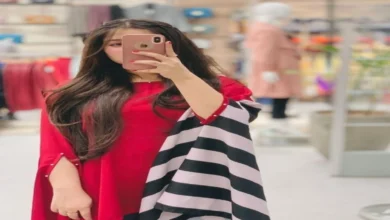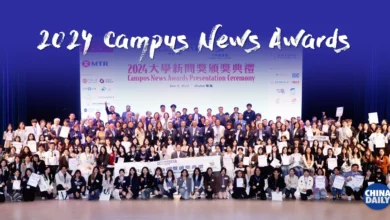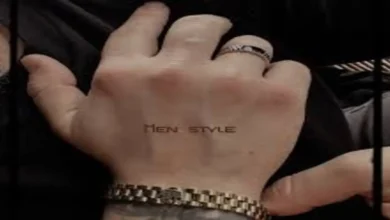Fashion Movies: 1A Glimpse into the World of Style, Glamour, and Creative Expression
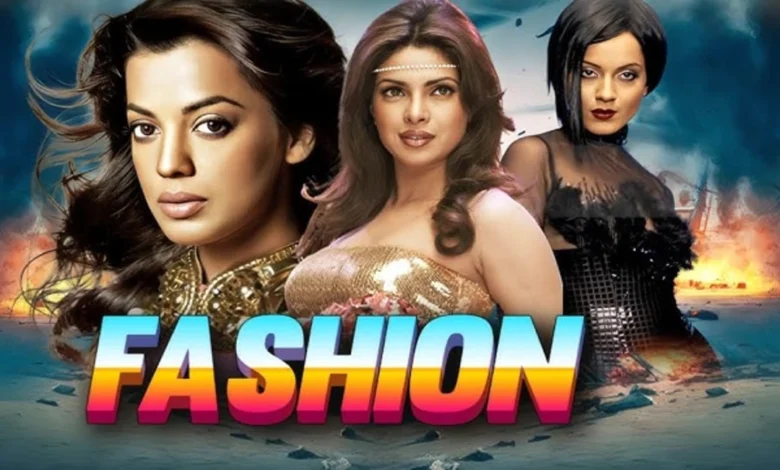
Fashion Movies and cinema have long been intertwined, each influencing the other to create unforgettable experiences. From the dazzling couture of high-end designers to the gritty street styles of modern cities, fashion movies showcase the vast spectrum of style, pushing the boundaries of both visual art and the world of fashion itself. Whether it’s the transformative power of clothing in a drama or the immersive world of haute couture in a biographical movie, fashion movies play an integral role in shaping how we view style, culture, and personal identity.
In the ever-evolving relationship between fashion and cinema, the genre of fashion movies stands out as a unique and compelling one. These films often dive into the world of designers, models, stylists, and fashion icons, exploring their lives, struggles, and successes while giving viewers a behind-the-scenes look at the fashion movies. Some films are direct explorations of fashion itself, while others simply use fashion as a narrative tool to enhance the story. Regardless of the approach, fashion movies offer a fresh perspective on both the art of fashion and the art of filmmaking.
The Significance of Fashion in Movies
Fashion plays a key role in almost every film, even if it’s not explicitly centered around the fashion world. The way a character dresses can tell us more about them than any lines of dialogue ever could. It can highlight a person’s socioeconomic status, personality, cultural background, and even their emotional state. This ability to convey complex ideas through clothing is what makes fashion such a powerful tool in film.
Fashion is often used to establish the tone of a movie, whether it’s through luxurious designer clothes in a high-society drama or rough, distressed garments in a post-apocalyptic thriller. The costumes reflect the world the characters inhabit and, by extension, the themes and mood of the film. Movies like The Devil Wears Prada or Sex and the City dive deep into the significance of fashion in shaping a character’s identity, while others, such as The Great Gatsby or Marie Antoinette, use lavish costumes to emphasize a particular period’s decadence and excess.
Some films are remembered just as much for their fashion as for their storyline. The vibrant costumes in The Wizard of Oz or the iconic red dress in Pretty Woman have become staples of pop culture. In this sense, fashion in movies is not merely a visual accessory; it serves as an important narrative device that influences how audiences connect with characters and themes.
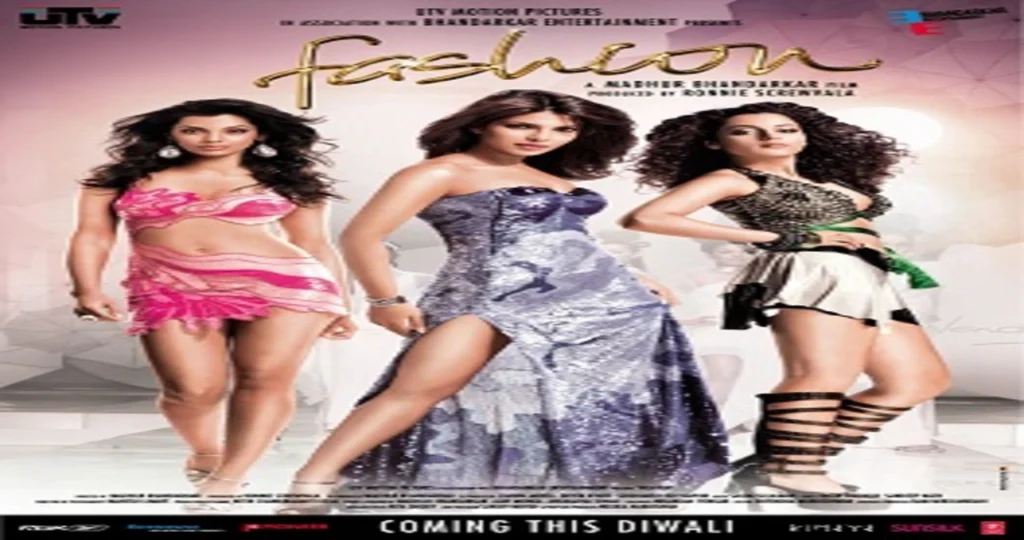
Iconic Fashion Movies That Shaped Pop Culture
Certain fashion movies have become more than just films – they’ve become cultural touchstones, influencing not just the fashion world but the wider society. Movies like Breakfast at Tiffany’s, The Devil Wears Prada, and Clueless are perfect examples of films that transcended their plotlines to become defining moments in style history.
One of the most iconic fashion movies of all time is Breakfast at Tiffany’s, starring Audrey Hepburn. Hepburn’s portrayal of Holly Golightly, a New York socialite, became synonymous with elegance and sophistication. The film’s fashion choices, particularly the black Givenchy dress, pearls, and oversized sunglasses, set a new standard for chicness in cinema. To this day, Holly’s look is an enduring symbol of style and grace, and the movie remains a favorite among fashion lovers and movie buffs alike.
In The Devil Wears Prada, the high-stakes world of fashion magazines is brought to life with some truly unforgettable looks. Meryl Streep’s portrayal of Miranda Priestly, the icy editor-in-chief of Runway magazine, is both a career-defining performance and a masterclass in fashion styling. The film’s costumes, curated by Patricia Field, showcase the power of fashion in the workplace and how it can impact one’s social standing. This movie redefined office fashion, showing that power suits could be as much about personal expression as they were about authority.
Another notable fashion movie is Clueless, a coming-of-age film that blends California casual with haute couture. Cher Horowitz, played by Alicia Silverstone, is a teen fashionista with an impeccable sense of style, and her wardrobe has become one of the most iconic in movie history. From plaid skirts to knee-high socks, the movie’s wardrobe is as much of a character as the people who wear it. Clueless not only captured the fashion of the ’90s but also established a lasting influence on modern style.
The Role of Designers in Fashion Films
One of the most intriguing aspects of fashion movies is the way they showcase the lives and work of designers. In these films, fashion is often elevated from mere clothing to an art form, with the designers themselves acting as central figures in the story. These films often portray the creative struggles and triumphs of designers, providing a glimpse into the intense pressure and passion that goes into building a successful fashion career.
Take Dior and I, for example. This documentary takes us inside the Christian Dior fashion house as designer Raf Simons prepares his first couture collection for the brand. The film provides an intimate and insightful look into the world of haute couture, showcasing not just the stunning gowns but also the dedication, skill, and teamwork required to bring them to life. Similarly, The First Monday in May provides a behind-the-scenes look at the Met Gala, offering a closer look at the intersection of fashion, art, and celebrity, with a focus on designer collaborations.
Other movies like Yves Saint Laurent and Coco Before Chanel explore the personal lives of legendary designers, portraying the human side of fashion icons. These films show that the creation of a brand or fashion empire is not just about producing beautiful clothes; it’s about a designer’s vision, their struggles, and their relationships. By focusing on the personal and professional lives of designers, these movies highlight the power of fashion to both shape and be shaped by the people who create it.
Fashion as an Expression of Identity
One of the most fascinating elements of fashion films is the way they use clothing to express character development. In many cases, the characters’ style evolves as they undergo personal transformation, and fashion becomes a visual shorthand for their inner journey. This aspect of fashion in movies highlights the power of clothing as a form of self-expression, one that can reflect changes in a character’s life, personality, or status.
For instance, in The Devil Wears Prada, the protagonist Andrea Sachs starts off as a frumpy, inexperienced assistant, but as she immerses herself in the world of fashion, her wardrobe transforms to reflect her newfound confidence and success. This physical transformation is symbolic of her personal growth and her increasing alignment with the high-fashion world she’s entered. In this case, fashion is not just an external change but an essential part of Andrea’s character arc.
Similarly, in The Princess Diaries, the transformation of Mia Thermopolis from an awkward teen to a poised princess is marked by her evolving wardrobe. As Mia gains confidence, her clothes become more elegant, showcasing her transition from an unsure, underdressed girl into someone who embraces her newfound royal identity. Fashion plays a critical role in these moments of personal transformation, showing that what we wear can have a profound impact on how we feel and how others perceive us.
The Intersection of Fashion and Social Commentary
Fashion movies also serve as a platform for social commentary, reflecting the cultural and political climates in which they are made. Whether through the lens of gender, race, or class, these films often use fashion as a tool to challenge societal norms and expectations.
Take, for example, Paris is Burning, a documentary that explores the Harlem drag ball scene of the 1980s. The film delves into the lives of LGBTQ+ people of color, showcasing how fashion and performance became forms of resistance against mainstream society’s rejection of them. The drag queens in the film use fashion to assert their identity and challenge the boundaries of gender, class, and race. In this context, fashion is a symbol of empowerment, creativity, and resilience.
In The Devil Wears Prada, fashion is not only a reflection of personal identity but also a critique of the superficiality and exclusivity of the fashion industry itself. Miranda Priestly’s character embodies the ruthless and demanding nature of the industry, while Andrea’s transformation highlights how personal values can be compromised in the pursuit of success in a high-pressure environment. The film serves as both an ode to the power of fashion and a subtle critique of the ways it can perpetuate unattainable standards and unrealistic expectations.
The Future of Fashion Movies
As fashion continues to evolve and influence our daily lives, the future of fashion movies looks bright. We are already seeing a shift toward more diverse representations of beauty, with films beginning to celebrate different body types, ethnicities, and gender expressions. As the fashion industry itself becomes more inclusive and progressive, fashion movies are likely to follow suit, offering more nuanced and diverse portrayals of style, identity, and personal expression.
Moreover, the rise of digital fashion and virtual clothing, thanks to advancements in technology, may also impact how fashion is represented on screen. With the increasing popularity of virtual fashion shows and digital clothing collections, we could see more films exploring the intersection of technology and fashion. Whether through the lens of high fashion or street style, fashion movies will continue to be an exciting and vital part of the cinematic landscape, inspiring new generations of fashion lovers and filmmakers alike.
Conclusion
Fashion movies offer a unique and powerful lens through which to explore not only the world of style but also the human experience. Through their portrayal of fashion icons, designers, and everyday people, these films reveal the transformative power of clothing, how it shapes our identity, and how it connects us to the world around us. Fashion is not just about what we wear but about who we are, and fashion movies help us understand the profound impact it has on our lives.
By blending creativity, storytelling, and style, fashion movies continue to captivate audiences, offering both entertainment and valuable insights into the worlds of fashion and personal expression. Whether exploring the glamorous world of haute couture or the gritty reality of street style, these films will continue to inspire, challenge, and influence both the fashion world and the film industry for years to come
You may also read
1. What are fashion movies and why are they significant?
Fashion movies are films that either focus on the fashion industry or use fashion as a crucial narrative device. These movies can range from biographical films about designers to fictional stories where fashion plays a key role in character development and storytelling. Fashion in movies is significant because it helps convey the personality, social status, and emotions of characters, while also setting the tone and atmosphere of the film. It can shape how we view identity, culture, and personal expression.
2. How does fashion impact the characters in fashion movies?
Fashion is often used to reflect the inner journey of a character. As characters evolve, their wardrobe changes to symbolize personal growth, status, or transformation. For example, in The Devil Wears Prada, the protagonist Andrea Sachs’s wardrobe evolves from frumpy to high-fashion, symbolizing her personal growth and increasing alignment with the fashion world. Similarly, in The Princess Diaries, Mia’s transformation from awkward teen to royal is mirrored by her elegant wardrobe change.
3. Can fashion movies serve as social commentary?
Yes, fashion movies often use fashion as a platform to comment on social issues such as gender, race, and class. For example, Paris is Burning explores the drag ball scene and the LGBTQ+ community, showcasing how fashion became a form of resistance and self-expression. Similarly, The Devil Wears Prada critiques the fashion industry’s superficiality and unattainable standards, offering both a celebration and a critique of the fashion world.
4. What are some iconic fashion movies that have influenced popular culture?
Several fashion movies have had a lasting impact on both the fashion industry and pop culture. Examples include Breakfast at Tiffany’s with Audrey Hepburn’s iconic black Givenchy dress, The Devil Wears Prada, which redefined office fashion with its chic power suits, and Clueless, which captured the 90s fashion and made the wardrobe of Cher Horowitz an iconic symbol.


